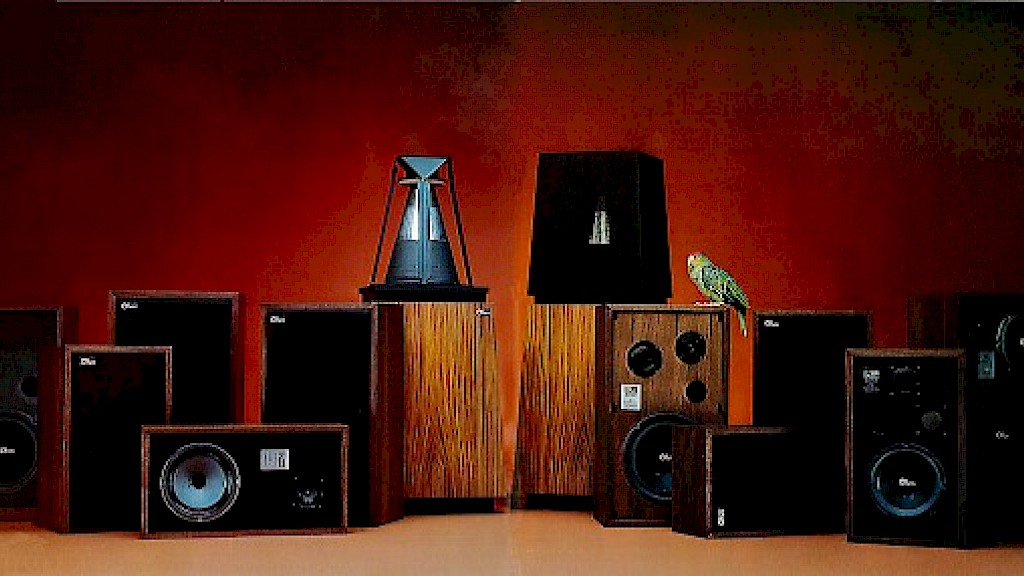The Golden Age of Audio
Today’s typical music system consists of a pair of headphones and an MP3 player or an audio streaming device like a phone or computer. If the listener wants to share the tunes with others or does not enjoy the sound coming from the middle of their head over headphones they may add a pair of wireless speakers that are often portable, battery operated, and restricted to above 200Hz or so.
The typical music system from the Golden Age consisted of a turntable, a Japanese AM/FM stereo receiver and a pair of “bookshelf” speakers. These systems cost about $400-$1600. You could still spend thousands of dollars if you choose McIntosh or Marantz tube separates, an English turntable and phono cartridge, and added a Swiss or Danish reel to reel tape recorder. Why did an $800 system back then sound better than most $2500 systems today?
The sound quality of any system is limited by the weakest link in the chain the signal must pass through. Today’s systems usually have two weak links – the source and the speakers. Today’s mp3s have worse sound quality than LPs or CDs. True, there are higher fidelity “lossless” formats available, like FLAC, but since most online purveyors aggressively promote the mp3, its lower quality has become the standard of the day.
The bookshelf speakers from the Golden Age were bigger than today’s mini-monitors and often as big as today’s floor standing tower designs. This size and the acoustic suspension design introduced by AR, allowed real bass when driven by the Japanese receivers. Electro Voice’s Interface Alpha 1 demonstrated that A.N. Theil’s system could get higher sensitivity or deeper bass from the same size cabinet. These optimally vented systems could also get equally deep bass out of a smaller box.
A Dramatic Demonstration
The Japanese receivers of the time afforded better performance and higher reliability at lower prices. This was dramatically demonstrated to me when the H.H. Scott (a major American manufacturer at the time) salesman brought Sandy Ruby (my partner in Tech Hifi) and me to the factory in Maynard, MA. After we signed a non-disclosure agreement, he let us preview the next model that was designed to defeat the Japanese invasion.
The Scott president and chief engineer proudly presented the receiver and ran a bunch of electrical tests for us. We had our nearest store bring over a Kenwood we had been selling for a few months and had them run the same tests: The Kenwood had better performance, looked better and cost less than the projected selling price of the Scott. The chief engineer was astounded when he looked at the design (the schematic were included in the owner’s manual) and the president fumed that the Japanese were stealing all the American ideas!
Sandy commented on their innovation, “Scott made metal parts look and perform like plastic while Kenwood made plastic parts look and perform like metal.” The local salesman dropped Scott and took on Pioneer. After the Japanese owned the market they got into a power/performance war among themselves that produced some of the most impressive receivers ever produced. Many are still fully functional.
Best Bang for the Buck
Today, you can mix and match products from the Golden Age and have a very fine sounding system at a good price. I recommend pairing a vintage Japanese receiver with one of the following, optimally-vented Ohms as they were among the best speakers made at that time, and we still support them so you can enjoy their true performance.
From highest price:
You can get very good deals on these if you buy used. From time to time we also sell these models and others, refurbished and upgraded to sound better than new. You can check on current availability in our Outlet Store or by calling Ohm at (800) 783-1553.
In a later installment of this column we will take a closer look at some of these speakers and find out what made them so unique.
Until then,
Enjoy & Good Listening!
John
Subscribe to Ohm News & Views to get the latest posts in your inbox
John Strohbeen Author
John Strohbeen was the President and Chief Engineer of Ohm Acoustics from 1978-2023.


